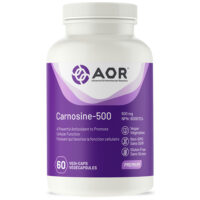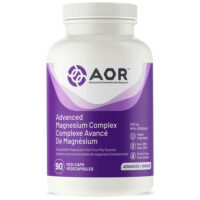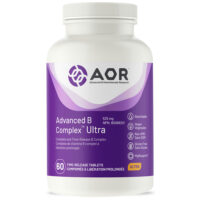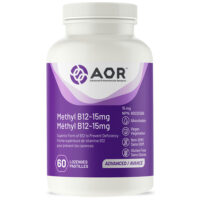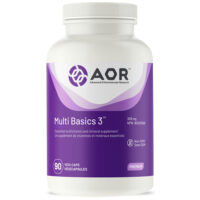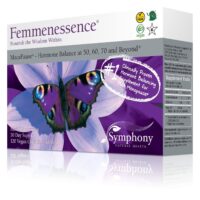Now is the perfect time to gather all the falling leaves in your yard and prepare to create your own compost pile for an organic garden. Not only is it easy to do, but you can have your entire family spend a day outdoors raking the leaves and having a great old time. Kids usually love to play with leaves, especially when the leaves are piled high enough for them to jump into.
More importantly, however, your own compost pile for your organic garden will be rich in nutrients for the soil, and it acts as a catalyst to fertilize your soil using organic materials.
What materials are required to create the compost pile? While there is no hard and fast rule, there are three ingredients to create a compost pile… and if you can remember “brown, green, and water,” according to the EPA, you are ready to begin.
Let’s look at the brown material first. It would consist of dead leaves, branches, and twigs, bathroom tissue, cardboard rolls, coffee grounds, hair and fur, nut shells, and wood chips, to name a few. The green material would consist of grass clippings, vegetable waste, fruit scraps, and coffee grounds. The water is essential to keep the compost from drying out.
Therefore, with the right combination of all three elements and an equal amount of brown and green material, you can easily layer the material in an alternating fashion.
According to the EPA, “the water will keep the pile moist and break down the organic material.” Also, the brown material is important because it emits carbon while the green material provides nitrogen. This perfect blend is necessary to produce compost that will enrich your soil when you prepare your organic garden for planting.
Where should you place the compost pile? Well, it is recommended that you choose a dry area in your yard that is near a water source, and in a shady area. After you and your family have raked the leaves and piled them to the spot you have chosen, you can then begin to add the other brown and green materials mentioned above. It is also recommended that you lightly water the materials as you add them to the pile. Finally, cover the compost so that you can keep all contents moist.
How do you know when the compost is ready for use? Look under the covered compost and reach under the bottom of the pile. If the material is dark in color, it is ready for use.
According to the EPA, compost usually takes anywhere from two months to two years to fully develop.
You now have the information to create your own compost pile for an organic garden. If you begin now, the compost will be more than ready for spring planting.
** Note that there are some things that you should not put into your compost pile. Here is a list of them, and the reason why they should be left out:
* Black walnut tree leaves or twigs
o Releases substances that might be harmful to plants
* Coal or charcoal ash
o Might contain substances harmful to plants
* Dairy products (e.g., butter, egg yolks, milk, sour cream, yogurt)
o Create odor problems and attract pests such as rodents and flies
* Diseased or insect-ridden plants
o Diseases or insects might survive and be transferred back to other plants
* Fats, grease, lard, or oils
o Create odor problems and attract pests such as rodents and flies
* Meat or fish bones and scraps
o Create odor problems and attract pests such as rodents and flies
* Pet wastes (e.g., dog or cat feces, soiled cat litter)
o Might contain parasites, bacteria, germs, pathogens, and viruses harmful to humans
* Yard trimmings treated with chemical pesticides
o Might kill beneficial composting organisms



